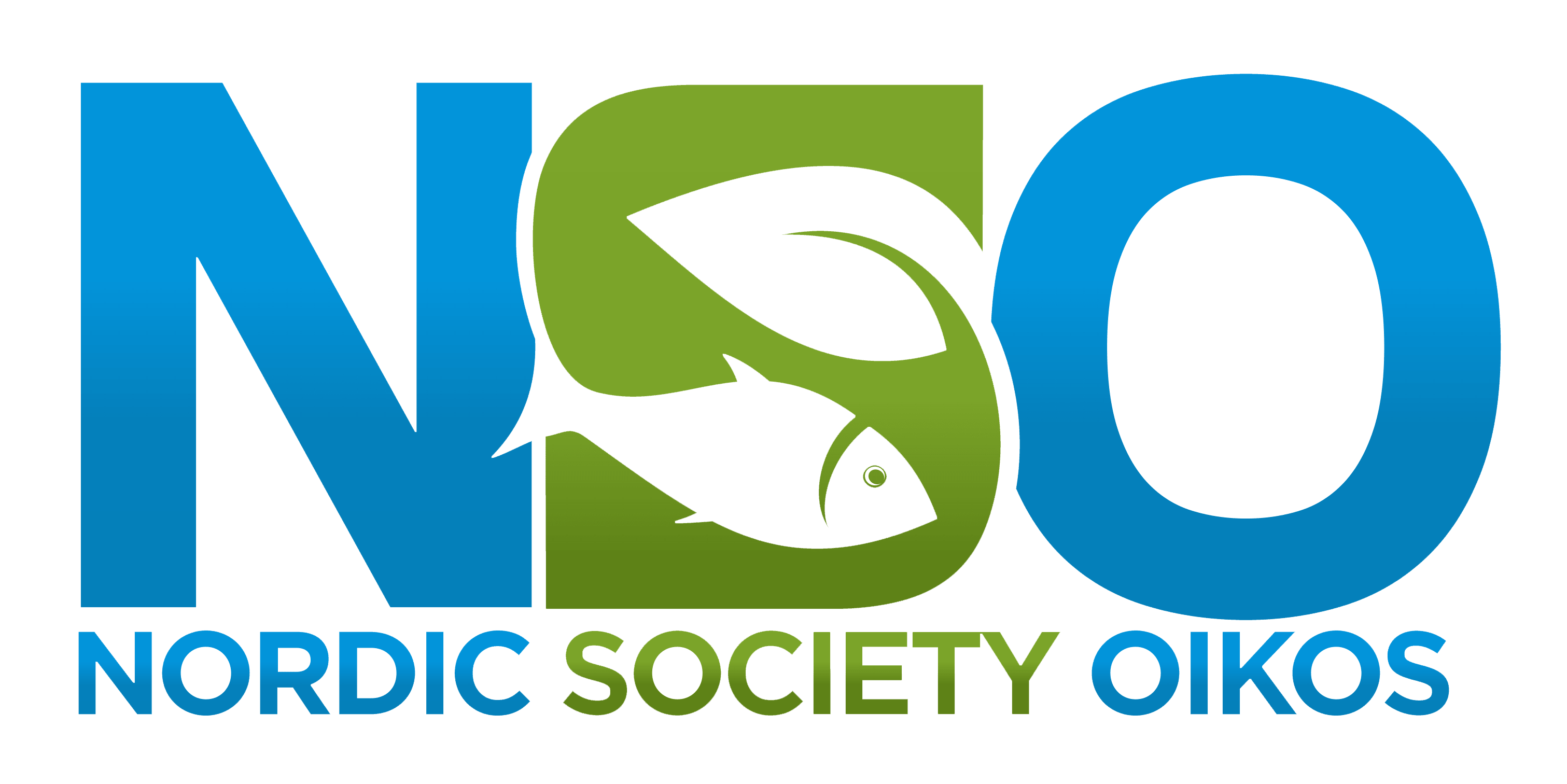Grant Report: The International workshop of PhDs and Post-doctoral fellows on Anadromous Salmonids (NoWPaS) 2025

Activities
Participants representing 14 different universities were gathered in Halifax from 19th of May to 24th of May for the NoWPaS conference. The conference started with a whale-watching trip to the town of Lunenburg. This was a great opportunity for Participants and keynotes to socialize. All meals this day and throughout the week were also taken together so that everyone were given many chances to get to know each other.
The NoWPaS conference always wants to give insight into the local research and conservation efforts on salmonid fishes. On Tuesday of the conference, participants were therefore given a tour of the Aquatron, a research facility at Dahlhousie University where freshwater and saltwater species alike are kept in tanks for research purposes. The Aquatron is also taking part in conservation efforts, such as reverse stocking of Atlantic salmon into rivers with declining populations, as well as the rearing of the Nova Scotia endemic and endangered Atlantic whitefish for release into the wild to bolster the population.
The Thursday of the conference was also dedicated to insight into work on local salmonids, but this time it was out in the field with help from the Nova Scotia Salmon Association (NSSA). The NSSA took all conference participants to restoration projects implemented in the West River catchment. The restoration projects included the direct liming of the river using a dozer, terrain and lake liming done using helicopters, and facilitating meandering in a channelized reach through the removal of bank impoundments and reestablishment of riparian vegetation. The background for these measures and the NSSAs cooperation with landowners, local anglers, and the local government was also expanded upon.
A workshop was hosted where Participants were divided into four different groups based on being in similar fields of research to discuss what the most important research topics are currently withing the field, and what will become important in the future. The four groups then took turns in presenting the conclusions they came to. An opinion paper may possibly be made from these discussions.
Talks
Talks where participants were given the opportunity to present their research were held on the second half of Tuesday, the whole Wednesday, and the first half Friday of conference. Talks were divided into four sessions, Movements and Barriers, Behaviour and physiology, Genetics + Movement and barriers 2, and Climate Change and Conservation. Keynotes for the sessions were given by Dr. Robert Lennox, Dr. Karen Dunmall, Dr. Ian Bradbury, and Professor Eva Thorstad respectively. Talks from the participants covered a breadth of topics including the use of eDNA for tracking fish migration through beaver dams, identifying predators of Atlantic salmon using acoustic telemetry to record stomach temperatures of predated salmon, convergence in developmental phenotypic plasticity in multiple salmonid species, the past and present state of Norwegian salmonid focusedriver restoration, intergenerational divergence in Atlantic salmon caused by stocking with hatchery fish, and more.
